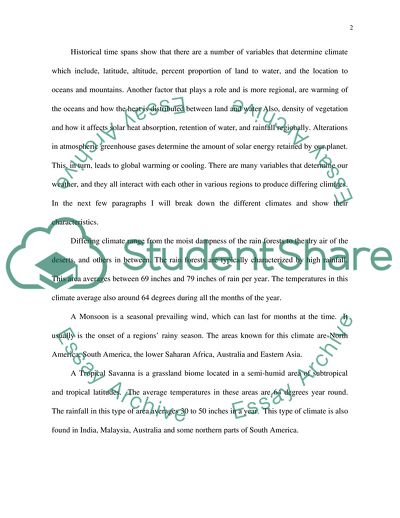Cite this document
(Future of Physical Geography Essay Example | Topics and Well Written Essays - 1250 words - 1, n.d.)
Future of Physical Geography Essay Example | Topics and Well Written Essays - 1250 words - 1. https://studentshare.org/geography/1752628-future-of-physical-geography
Future of Physical Geography Essay Example | Topics and Well Written Essays - 1250 words - 1. https://studentshare.org/geography/1752628-future-of-physical-geography
(Future of Physical Geography Essay Example | Topics and Well Written Essays - 1250 Words - 1)
Future of Physical Geography Essay Example | Topics and Well Written Essays - 1250 Words - 1. https://studentshare.org/geography/1752628-future-of-physical-geography.
Future of Physical Geography Essay Example | Topics and Well Written Essays - 1250 Words - 1. https://studentshare.org/geography/1752628-future-of-physical-geography.
“Future of Physical Geography Essay Example | Topics and Well Written Essays - 1250 Words - 1”. https://studentshare.org/geography/1752628-future-of-physical-geography.


